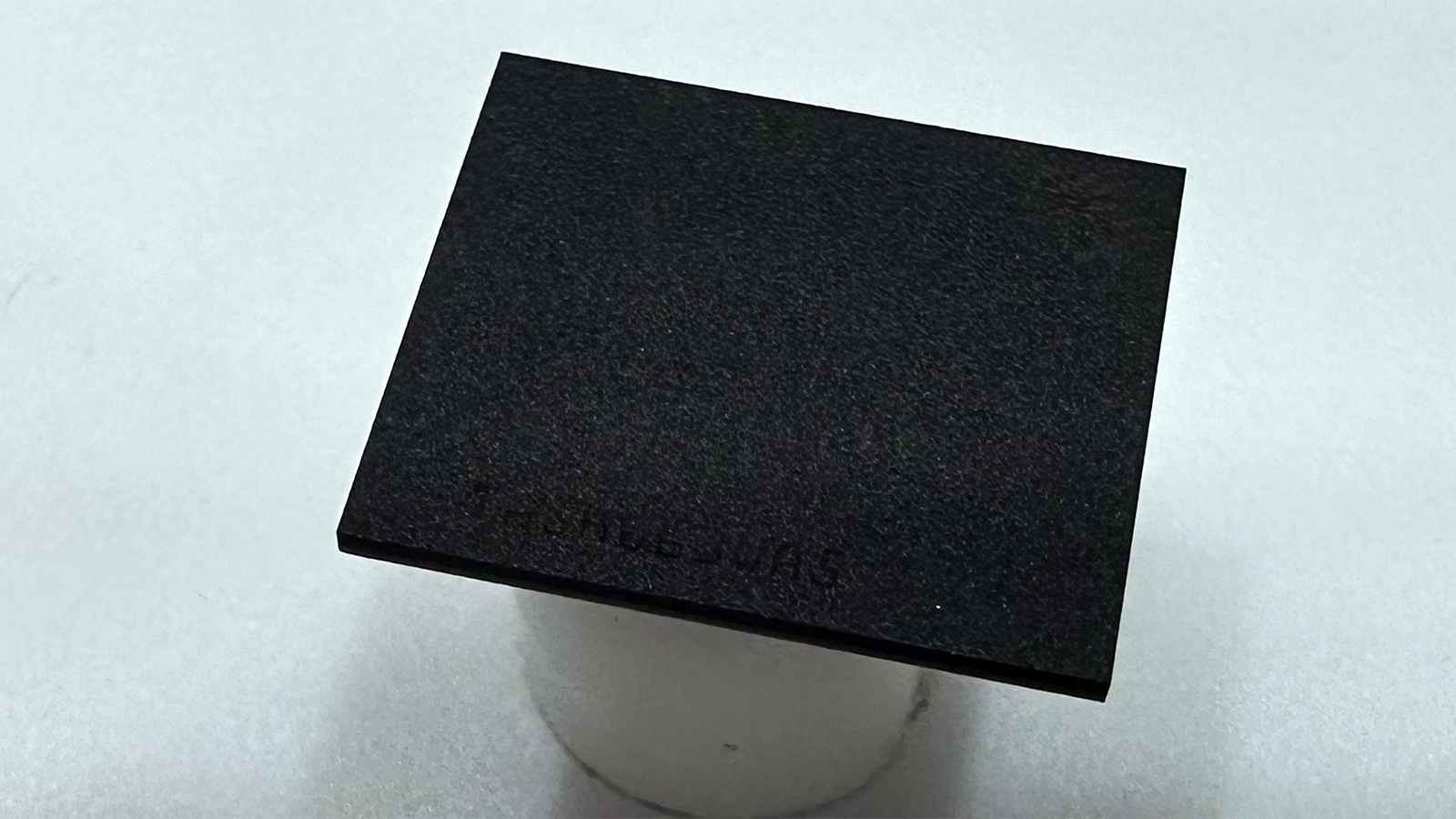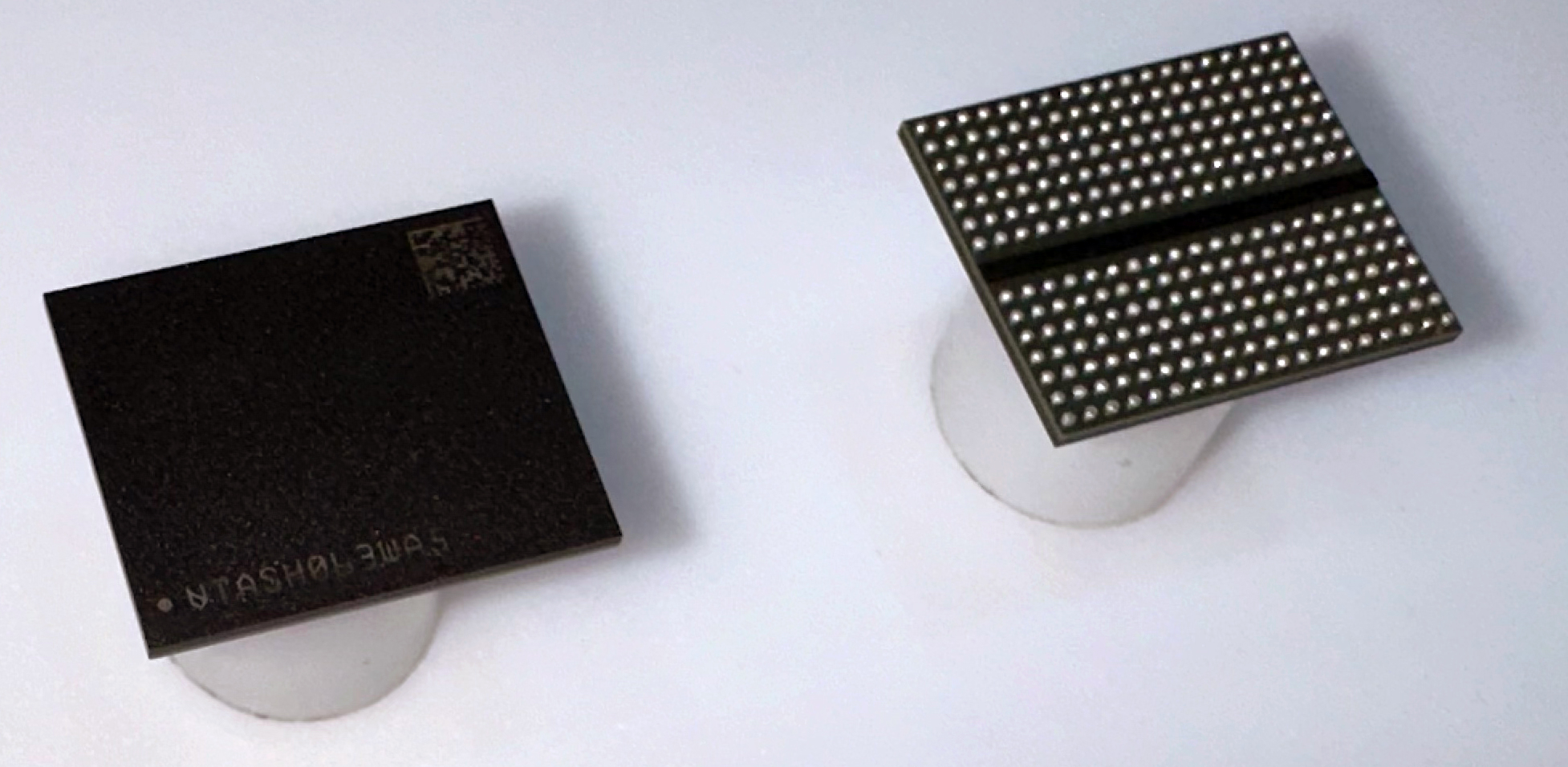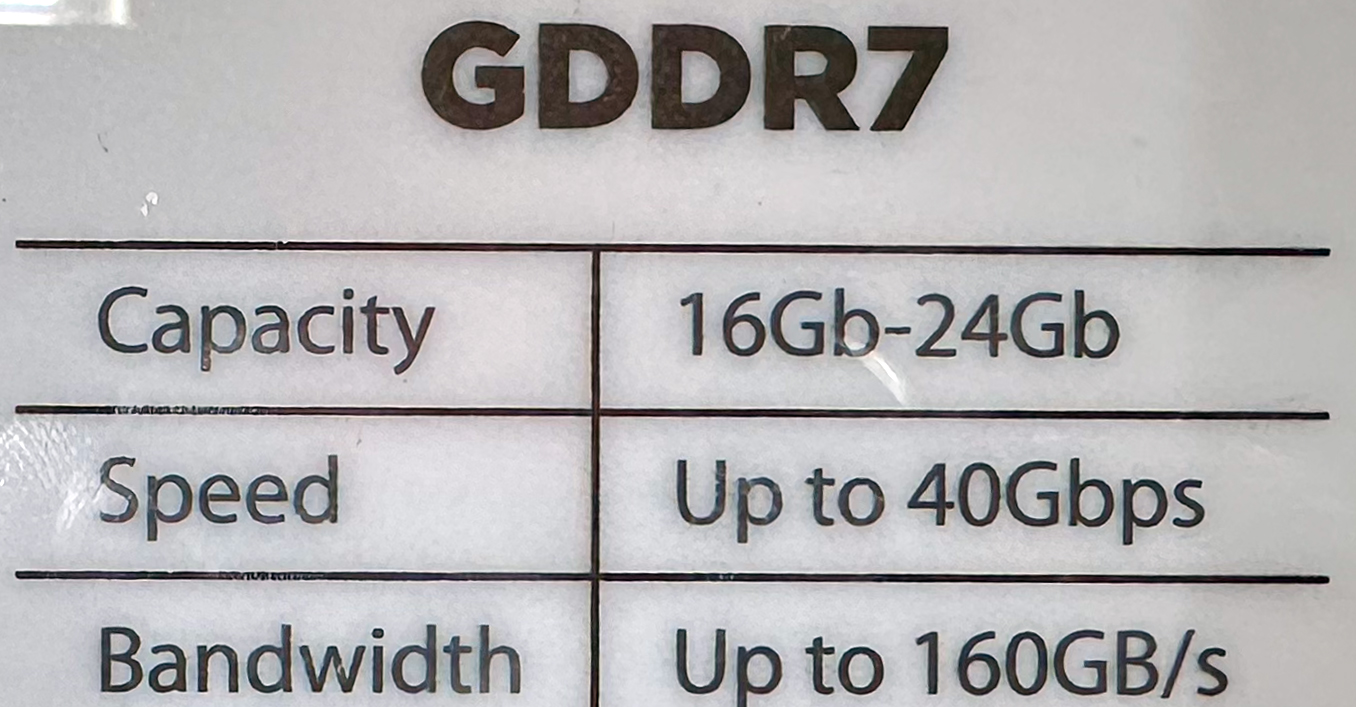
SK hynix was rather quick to retract a comment made by its booth representative at Computex who said that it plans to start volume production of GDDR7 memory in the first quarter of 2025. Roughly a quarter behind its rival Micron. The company told Tom's Hardware via email that its GDDR7 memory is on track for mass production in the fourth quarter of this year, when the relevant market opens up. This is in line with its rivals.
SK hynix demonstrated its first GDDR7 memory chips at Computex 2024 as well as revealing its general plans for this type of SGRAM. The company's GDDR7 product line-up will include chips with 16Gb and 24Gb capacities and with data transfer rates of up to 40 GT/s. SK Hynix's first GDDR7 product will likely be a 16Gb SGRAM IC featuring a data transfer rate north from 30 GT/s, though the company yet has to formally announce its first GDDR7 devices, as unlike its competitors it still has not officially introduced them.

Both Micron and Samsung have already said that they had begun sampling of their GDDR7 products with select partners. SK hynix, on the other hand, has not made such an announcement. Nonetheless, given the fact that the company has demonstrated its GDDR7 chips at Nvidia's GTC and Computex already, it is safe to say that it has working samples of these memory devices.
GDDR7 comes in a 266-ball package, 86 pins more than GDDR6, as it features not two, but four, eight-bit channels per device and a different power delivery scheme. Yet, despite notable changes to packaging, the dimensions of GDDR7 memory chips remained unchanged and are at 14mm x 12mm.

Micron claims that the first products featuring GDDR7 will be released in 2024. Although graphics cards are set to continue to be the largest application of GDDR memory, the AI accelerator market is expected to adopt this type of DRAM as well. As AI accelerators need both high memory capacity and bandwidth, GDDR7 promises to be an excellent match for inference accelerators, offering a more affordable alternative to HBM and better characteristics than commodity DDR5.







